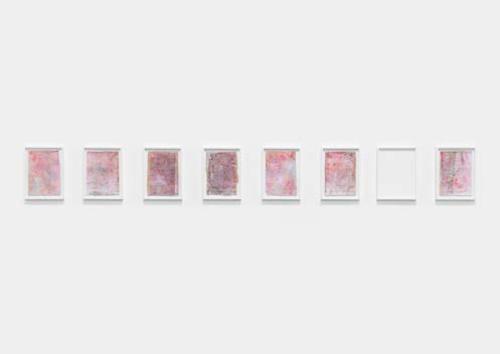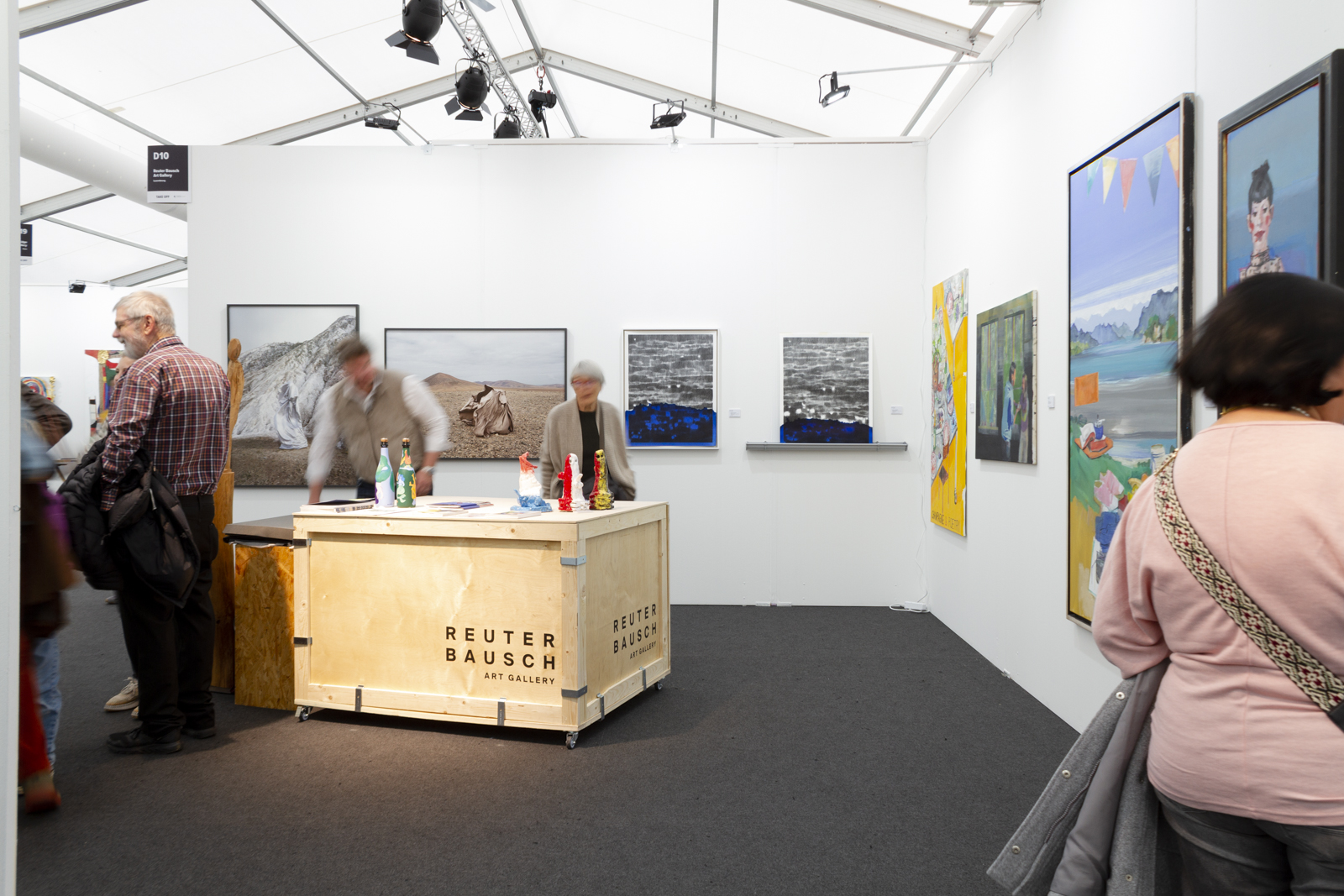Autopsy of a palimpsest
Joćo Freitas's work is linked to the notion of trace, wear and tear, time, and he treats the structures that support him like skinned men: paper, cardboard, fabric, glass paper, wood, etc. The artist's intention is to gently violate the material to make it say something elusive, just as an anatomy sheet reveals the true structures and components of an organism.
With Freitas, there is a desire to reveal, to lift up matter, to give it a mystical meaning by revealing its mysteries and mutations, just as the work of the alchemist transmutes matter into ethers, vapours and other essences.
Joćo Freitas is one of those artists who learn from his own work. Nothing seems decided at the outset of his dissections; he finds by searching, like an archaeologist unearthing a buried object. As an apprentice aesthete, sensitive and attentive, he looks for unlimited combinations of effects and games in these artefacts, generating an infinite poetry that does not exclude violence. And so, in this relationship with matter that is at once brutal and suave, he succeeds in making us resonate with these ineffable questions of time, tangibility and presence, becoming, in his crucible, a durable, touching and immanent material.
Whether through wear and tear, sanding or burning, folding, sewing or creasing, he reveals the material by giving it access to a transcendence, through a surgery that, without betraying it, rebirths the support in another dimension. This is the ineffable meaning of Joćo's work. Like a photographic film, like a sgraffito or a 'scratch card', like a peel of skin, he reveals reality through a repetitive, almost meditative process of removing, butchering, tearing away and scratching, revealing the underlying reality in an approach akin to the new matierism, which grapples with questions of durability, gratuitousness, recuperation and re-enchantment. His demonstration is that of a thaumaturge, a sorcerer who reveals the true nature of the world, laying it bare to show its indevinable constitution.
It's an ecstatic experience, this new understanding of reality, faced with these paintings of burnt skin, bruised membranes, sutured tissues, etc., which show the real suffering applied to the inanimate nature of the materials, which seem to come alive through this apparent pain.
We refer to the autopsy of a palimpsest as the perfect metaphor, in our view, for Joćo's work: a palimpsest is a parchment (made of animal skin) that has been scratched across its entire surface in order to erase the original writing and write a new text on it. The artist's work is absolutely about rewriting: through whatever gesture he makes, he erases the first version of the material or message, in order to inscribe a new reality, to bring out a second version of the same medium. And this artistic work, which is akin to an autopsy on death, death to the first version of the material, is enriched by the chance of the result, which combines with the artist's desire to convey a new formulation of the world.
It is in this sense that the transfiguration of the work participates in this other reading of reality, which invites us to find in its manifestations other emotions, other possibilities, other raptures.
Constantin Chariot, 2020
(translated from French)
Download artist'CV











